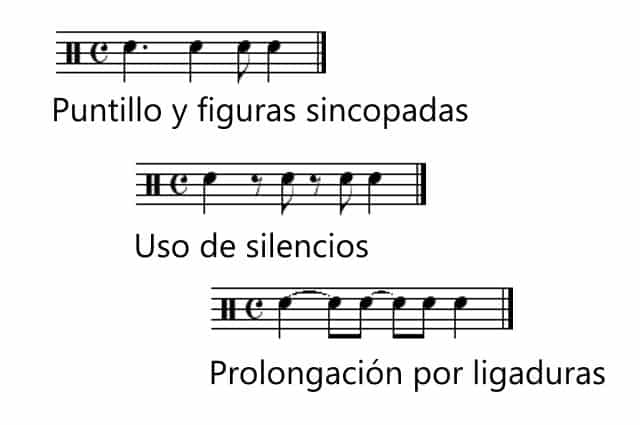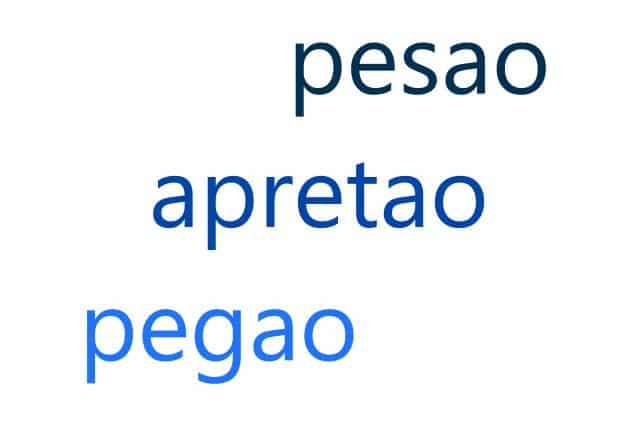
In music, syncopation breaks the rhythm indicated by the time signature.
The Greek word synkopḗ came into late Latin as syncŏpa . That is the closest etymological antecedent of the term syncopation , which has several uses.
in music
In the field of music , syncopation is called a link that is established between two equal sounds : the first is located in the weak part or beat of the measure, while the second is located in the strong beat .
Syncopation, therefore, begins with a sound in the weak part that continues into another sound, now on the strong part. If both sections have the same duration, it is a regular syncopation ; On the other hand, if they have different durations, it is called irregular syncopation .
Construction of musical syncopation
Although the theory is relatively easy to understand, in practice there are several possible combinations to construct a syncopation. To do this, it is necessary, first of all, to have a foundation in musical theory , although the most gifted musicians are capable of intuiting this and other concepts through their natural abilities.
Let us remember that syncopation alters, so to speak, the rhythm that we expect to find in a measure, accentuating a note that should be weak. How do we know if we are facing a strong or weak part of a measure? Broadly speaking, we can say that the beat, in itself, is a set of time units organized into accented (or strong ) and unstressed (or weak ) parts. To know what configuration each one has, we must pay attention to the signature , a symbol or fraction that indicates how many pulses it contains.
Without going further into this part of the theory, we can rely on the four-quarter time signature ( 4/4 ), which is divided into four figures called "black": the first and third are the strong ones, while the second and the fourth are the weak ones. To internalize this dynamic, we can clap at a constant rhythm , alternating one more intense than the other: TA ta TA ta . If we extend the duration of a weak note above a strong one, shortening the latter, an accentuation effect is produced on the next one (a weak one) that does not correspond to the expected rhythm.
To extend a note beyond the next beat, dots (signs placed to the right to indicate that the figure should last 50 percent longer) or ligatures (link two figures, indicating that the sound should not interrupt each other) can be used. ). Another possibility is to take advantage of silences (figures that indicate the musician not to make any sound) to break the rhythm and cause syncopation. This can be achieved, for example, by dividing the second and third notes in two, making them only sound in the second half, so that when the fourth comes it is accented more than normal.
In linguistics
For linguistics , syncopation consists of eliminating a sound from a word . In other words, it is a process that involves the deletion of phonemes from a word.
Throughout history, syncopations have functioned as an evolutionary mechanism of languages. That happened with the passage of many terms from Latin to Spanish. Nowadays, it is common to find syncopations in colloquial language : for example, when someone says “pesao” instead of “pesado” .

In certain words the elimination of a sound can be seen, giving rise to syncopation.
Syncopations are often used in song lyrics to promote rhyme . Thus we can find singers who use words like “apretao” (for “tight” ) or “pegao” (for “stuck” ).
It is important to mention that, within the framework of a language , syncopation can also give rise to new words. “Christmas” , to mention one case, arose with the loss of the syllable “ti” from “nativity” .
